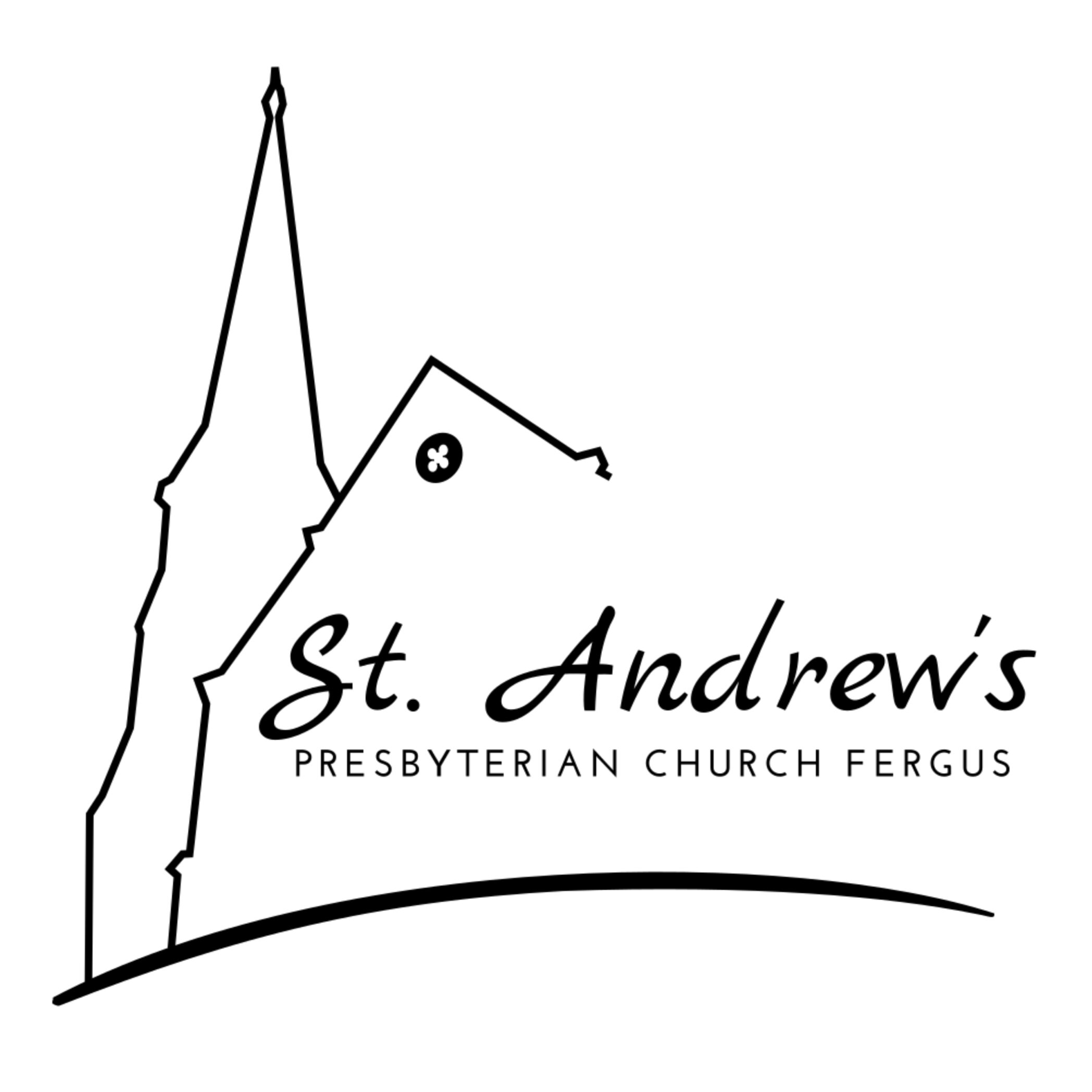The Parable of the Tenants
Matthew 21:33-46
33 ‘Listen to another parable. There was a landowner who planted a vineyard, put a fence around it, dug a wine press in it, and built a watch-tower. Then he leased it to tenants and went to another country. 34 When the harvest time had come, he sent his slaves to the tenants to collect his produce. 35 But the tenants seized his slaves and beat one, killed another, and stoned another. 36 Again he sent other slaves, more than the first; and they treated them in the same way. 37 Finally he sent his son to them, saying, “They will respect my son.” 38 But when the tenants saw the son, they said to themselves, “This is the heir; come, let us kill him and get his inheritance.” 39 So they seized him, threw him out of the vineyard, and killed him. 40 Now when the owner of the vineyard comes, what will he do to those tenants?’ 41 They said to him, ‘He will put those wretches to a miserable death, and lease the vineyard to other tenants who will give him the produce at the harvest time.’
42 Jesus said to them, ‘Have you never read in the scriptures:
“The stone that the builders rejected
has become the cornerstone;
this was the Lord’s doing,
and it is amazing in our eyes”?
43 Therefore I tell you, the kingdom of God will be taken away from you and given to a people that produces the fruits of the kingdom. 44 The one who falls on this stone will be broken to pieces; and it will crush anyone on whom it falls.’
45 When the chief priests and the Pharisees heard his parables, they realized that he was speaking about them. 46 They wanted to arrest him, but they feared the crowds, because they regarded him as a prophet.
The parable is one of the more well-known stories Jesus told, appearing in Matthew, Mark, and Luke. Jesus in telling the parable is building on the Vineyard parable that Isaiah told (Isaiah 5:1-7). Jesus’ first hearers would have recognized the landowner who created the vineyard as God the Father/Creator, then the slaves/servants are the prophets, and the son who comes and is killed is Jesus. The piece in the parable that seems odd is the tenants thinking that if they kill the heir, then they, the tenants, will inherit the vineyard. But in ancient Israel if a landowner died with no heir, then the land went to the tenants using the land. So, kill the son and the tenants will be free of the landowner’s demands for rent, and free from acknowledgement of the owner’s claims.
This then may be the most shocking part of the tenants’ goal, to rid themselves of God’s interference in their lives. To be free of God’s direction and guidance, to be free God God’s claims in their lives.
Jesus’ hearers understand how shocking the actions of the tenants were and predicted a terrible end for any who would act so reprehensibly. Jesus drives home the point with his reference to the rejected cornerstone. The rejected stone – the rejected one – will be the final measure against which all people will be held to account.
The chief priests and the Pharisees realizing Jesus was talking about them decided to follow the example of the tenants in the parable, and get rid of Jesus who kept reminding them that they were not in charge. They have chosen to reject the measure against which their lives would be evaluated. The die had been cast; they were going to rid themselves of Jesus.
PRAYER:
O Lord, we confess that at times we wish you did not make demands on us, we wish you would not involve yourself in our lives. Help us to see that without you we would not exist, help us to see that all that we are and have is from your gracious hand. Help us to rejoice in your constant presence in our lives. In Jesus’ name. Amen.
